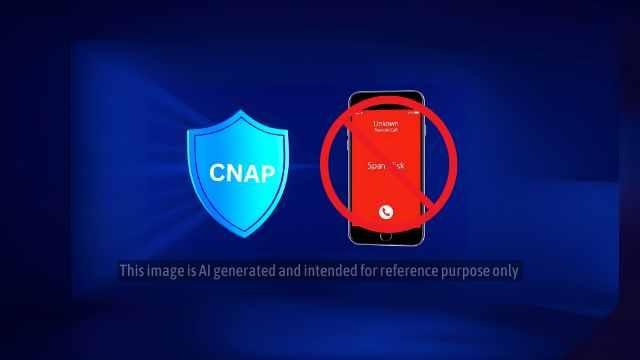कृपया इसे हिंदी में पढ़ने के लिए यहाँ क्लिक करें
Introduction
In a bid to enhance call transparency and protect subscribers from spam and fraudulent communications, major telecom operators Jio and Airtel are set to roll out CNAP services nationwide. This innovative feature aims to empower consumers by revealing the caller’s identity even when the number appears as “unknown” on their devices.
What is CNAP?
CNAP stands for Calling Name Presentation, a telecom service designed to display the caller’s registered name on the recipient’s screen without relying on third-party apps like Truecaller. Mandated by the Telecom Regulatory Authority of India (TRAI) and implemented by Jio, Airtel, and Vodafone Idea (Vi), CNAP uses verified customer data from KYC (Know Your Customer) documents submitted during SIM registration. This contrasts with crowdsourced databases used by apps, ensuring higher accuracy and legitimacy.
Key Features of CNAP
- KYC-Based Verification: Names displayed are pulled directly from the Customer Application Form (CAF), ensuring authenticity.
- No Third-Party Apps: Built into the telecom network, eliminating the need for apps like Truecaller.
- Inter-Operator Limitations: Initially, names will only display for calls within the same telecom network (e.g., Airtel to Airtel). Cross-network visibility requires government-mandated data sharing, still under discussion.
- Phased Rollout: Trials began in Mumbai and Haryana, with plans for nationwide implementation post-stabilization.
- Device Limitations: Excludes feature phones and 2G users due to technical constraints.
Why Was CNAP Introduced?
India has faced a surge in spam and scam calls, with over 256,000 complaints logged on the Sanchar Saathi portal by 2023. TRAI’s 2024 recommendations and subsequent DoT directives pressured telecom operators to adopt CNAP as a privacy-centric solution. Unlike Truecaller, which crowdsources data, CNAP relies on verified subscriber information, reducing misuse and inaccuracies. The move also aligns with efforts to combat financial frauds linked to anonymous calls.
Benefits of CNAP
- Spam Reduction: Identifies unknown callers upfront, empowering users to block suspicious numbers.
- Enhanced Privacy: Avoids third-party data sharing, addressing concerns about apps harvesting user information.
- Fraud Prevention: Curbs impersonation scams by displaying registered names, critical for vulnerable groups like seniors.
- Seamless Integration: Works natively on smartphones without app downloads.
- Regulatory Compliance: Meets TRAI and DoT mandates for transparency and consumer protection.
Challenges and Concerns
- Technical Hurdles: Telcos warn of increased network latency, call setup delays, and high infrastructure costs.
- Privacy Debates: Critics argue displaying names could expose women or victims of harassment to risks if misused.
- Inter-Operator Barriers: Full implementation hinges on cross-carrier data sharing, which remains unresolved.
- Device Exclusion: Over 30% of India’s mobile users still on 2G or feature phones won’t benefit.
The Road Ahead
While CNAP marks a significant leap in India’s fight against spam, its success depends on addressing technical and regulatory gaps. Telecom operators are collaborating with global tech giants like Nokia and Ericsson to refine the infrastructure. Future phases may integrate AI to detect fraudulent patterns, as hinted by Airtel’s recent initiatives. For now, users can expect staggered rollouts, with full interoperability likely requiring legislative intervention.
Conclusion
The rollout of CNAP by Jio and Airtel marks a significant step towards a more secure and transparent calling environment in the telecom sector. With the ability to unveil unknown callers, CNAP not only protects consumers from potential scams but also enhances overall trust in mobile communications. As technology evolves, such advancements are expected to be at the forefront of safeguarding user privacy while streamlining everyday connectivity.







Leave a Reply